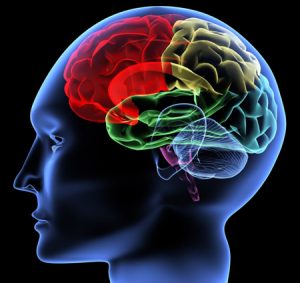Revealing the Secrets of the Brain Through qEEG Cerebral Mapping Techniques in Psychological Wellness Evaluation
Revealing the Secrets of the Brain Through qEEG Cerebral Mapping Techniques in Psychological Wellness Evaluation
Blog Article
Comprehending the human brain is a complex task, especially when it comes to psychological health. Conventional approaches of evaluation often rely on interviews and questionnaires, which can sometimes miss important aspects about how the brain operates. This is where qEEG electroencephalography, or qEEG, enters into the picture. qEEG is a specialized technique that measures neural signals in the cerebrum. By analyzing these brainwaves, psychological health professionals can gain important understandings into a individual's mental state, aiding to enhance assessment and treatment.
qEEG works by applying small electrodes on the scalp to capture brain signals. These sensors detect electrical signals produced by nerve cells, the units in the brain that communicate with one another. The information gathered is then processed and presented as a set of patterns. Each kind of brainwave—such as alpha, beta, δ, and theta—corresponds to different psychological conditions and functions. For instance, α waves are often linked with calmness, while beta waves are associated to engaged thinking and problem-solving. By analyzing these patterns, healthcare providers can identify irregularities that may indicate mental health concerns.
One of the major advantages of qEEG is its ability to offer unbiased data. Unlike traditional assessments that depend on personal reports from patients, qEEG offers a distinct picture of brain function. This clarity can assist minimize biases in diagnosis and lead to more precise intervention plans. For instance, if a client is facing anxiety, qEEG can reveal specific trends of neural function that are linked with stress conditions. This information allows mental health experts to customize interventions more efficiently, whether through therapy, pharmaceuticals, or alternative approaches.
Additionally, qEEG can be especially useful in monitoring treatment progress. By conducting qEEG assessments at various points during treatment, healthcare providers can monitor variations in brain activity over period. This continuous assessment assists ascertain whether a intervention is working or if modifications are site link required. For instance, if a client is not reacting to a particular medication, qEEG may show that their brain activity has not changed in a way that suggests progress. This feedback cycle can result to more customized and effective psychological health treatment.
In summary, qEEG brain mapping is a powerful tool in the field of psychological health evaluation. By offering unbiased information about neural function, it improves the comprehension of different psychological health conditions. This technique not only aids in accurate diagnosis but also helps in tracking intervention effectiveness. As mental health professionals continue to explore the potential of qEEG, it possesses potential for enhancing the well-being of individuals dealing with mental health issues. With ongoing investigation and progress in technology, the mysteries of the brain may become clearer, leading to better outcomes for those in requirement of assistance.